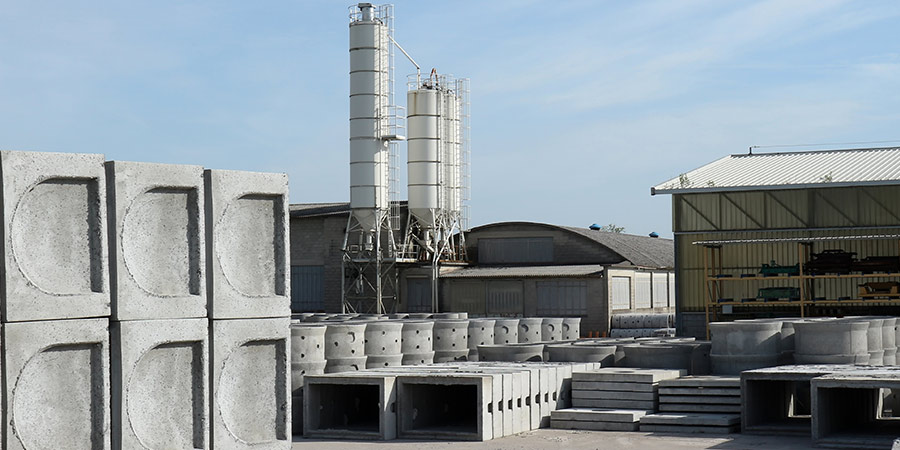
The labor shortage in the concrete industry shows little sign of abating. A recent survey found that three quarters of respondents were experiencing a driver shortage and one quarter were facing a managerial shortage. Some precasters are tackling this problem by increasing benefits and beefing up recruiting efforts to bring in more skilled workers, while others are adopting technologies that take the guesswork out of precast manufacturing. The latter approach gives them the ability to onboard new hires faster by reducing the amount of training time needed.
Leveraging real-time data. For decades, precasters had to perform manual tests, such as ASTM C231air test2, to check that concrete batches were within spec. Unfortunately, if a batch didn’t measure up, there was often no way to fix it, since the concrete has already been removed from the mixer. There was also no guarantee that the next batch didn’t have the same problem. This can result in discarded or downgraded batches, as well as wasted time.
Today, there are instruments that can be placed in the mixer to measure the total air content and the temperature of the concrete in real time. Beyond just air content, these insights can be correlated to other important plastic and hardened properties, and can improve the efficiency of the overall production process. Armed with this data, the precaster can make adjustments to the mix or the mixing time to optimize results. This can also reduce labor hours, as time waiting on tests and wasted batches is reduced.
Eliminating guesswork. With precast manufacturers increasingly concerned about the skillset and reliability of workers, they’re seeking ways to minimize the human element in production. Laser projection systems, for example, are now used to project hardware and blockout locations on a mold so that workers can see exactly where the parts go. These systems eliminate the need for manual measuring, which makes the production process more efficient.
Automation. Likewise, there will be a place for 3D printing in the creation of molds and forms. Today, creating forms is expensive, because it requires a great deal of skill and precision. We’re already seeing precasters use 3D printers to create detailed formwork overnight and start casting concrete the following day. One construction firm is using 3D printing to produce molds to cast concrete, while another is using 3D printing to create difficult precast components. This saves an inordinate amount of time and takes human error out of the process.
Discover ways to boost precast productivity
Tags
- AIRTRAC
- Concrete